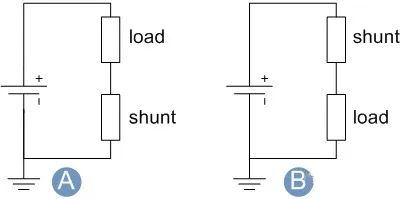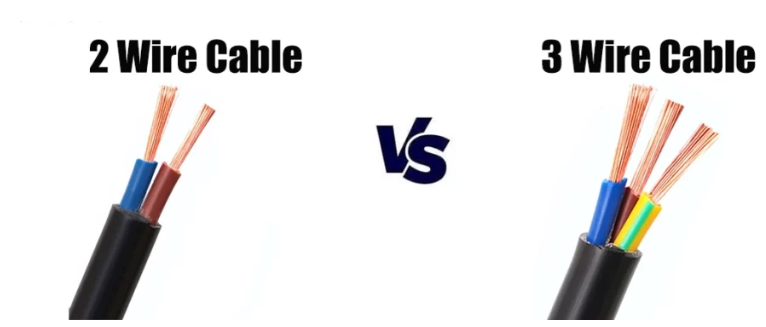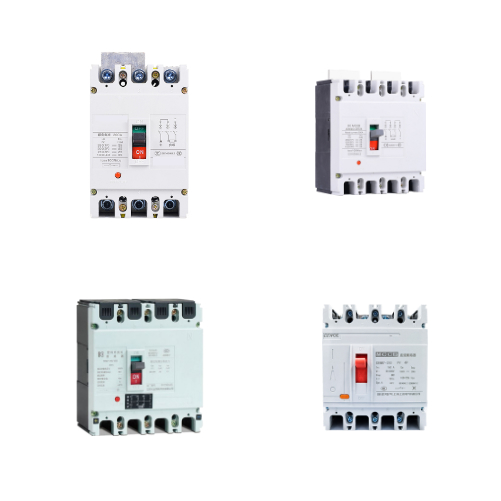As for industrial enclosure thermostat types, we think there are four types of enclosure thermostat, including thermostats for fans, thermostats for heaters, dual thermostats, and smart digital enclosure thermostats.

1. Enclosure Thermostat for Fans
An enclosure thermostat for fans is designed to regulate the operation of cooling fans inside an electrical enclosure. Its primary function is to maintain a stable internal temperature by activating the fan when the temperature rises above a predetermined setpoint and deactivating it once the temperature drops to a safe level.

Key Features of Enclosure Thermostat for Fans
Temperature Control: Equipped with temperature sensors, these thermostats can monitor the internal temperature in real-time. When the temperature exceeds the setpoint, the thermostat automatically activates the cooling fan to quickly reduce the internal temperature. Once the temperature returns to a safe level, the thermostat deactivates the fan to maintain a reasonable temperature range.
Energy Efficiency: By running the fan only when necessary, these thermostats significantly reduce energy consumption. This not only helps lower operational costs but also extends the lifespan of the fan, as it does not run continuously for long periods.
Compact Design: Typically designed to be compact and easy to install, these thermostats can be seamlessly integrated into various types of electrical enclosures without occupying too much space while providing reliable temperature control.
Applications of Enclosure Thermostat for fans
Electrical Control Panels: In electrical control panels, excessive heat can lead to component overheating, affecting normal operation. Fan thermostats ensure that the internal temperature of the control panel remains within a safe range, preventing failures due to overheating.
IT Server Cabinets: Servers generate a significant amount of heat during operation. Fan thermostats effectively manage the temperature, ensuring that servers operate at optimal temperatures, thereby extending the equipment’s lifespan.
Other Equipment Enclosures: In equipment enclosures that require consistent temperatures, fan thermostats automatically adjust fan operation to prevent component failures due to overheating, ensuring stable operation.
2. Enclosure Thermostat for Heaters
An enclosure thermostat for heaters is designed to control the operation of heating elements within an enclosure. Its main role is to prevent condensation and ensure the internal temperature does not fall below a certain threshold, which is particularly important in colder environments.

Key Features of Enclosure Thermostat for Heaters
Condensation Prevention: In humid and cold environments, low temperatures can cause condensation inside the enclosure, leading to corrosion and electrical short circuits. Heater thermostats maintain a minimum temperature, effectively preventing condensation and protecting internal components from moisture damage.
Reliable Heating: These thermostats provide stable and consistent temperature regulation, ensuring that the internal temperature stays within a safe range, protecting sensitive electronic equipment from low-temperature damage.
Adjustable Setpoints: Many heater thermostats allow users to set the desired heating temperature range based on specific application needs, ensuring precise and adaptable temperature control.
Applications of Enclosure Thermostat for Heaters
Outdoor Electrical Enclosures: In cold outdoor environments, heater thermostats effectively prevent internal temperatures from dropping too low, avoiding equipment failures due to condensation, and ensuring the normal operation of electrical systems.
Telecommunications Cabinets: Telecommunications equipment is highly sensitive to temperature changes. Heater thermostats maintain a stable internal temperature, protecting the equipment from low temperatures and moisture, ensuring the stability of communication systems.
Other Low-Temperature Environment Applications: In any environment where temperature drops can lead to condensation and equipment damage, heater thermostats provide reliable temperature control, protecting equipment and ensuring safe operation.
3. Dual Thermostat for Enclosures
A dual thermostat combines the functionality of both a cooling fan thermostat and a heater thermostat in a single unit. It is designed to manage both heating and cooling within an enclosure, providing a comprehensive temperature control solution. The dual thermostat is equipped with temperature and humidity sensors, which allow it to control both the heating and cooling systems effectively, ensuring the enclosure remains at an optimal temperature and humidity level.

Key Features of Dual Thermostat
Versatility: Capable of controlling both heating and cooling devices, ensuring the enclosure stays within the desired temperature and humidity range. This dual functionality makes it an ideal solution for environments with significant temperature fluctuations.
Temperature and Humidity Sensors: Equipped with advanced sensors that monitor both temperature and humidity levels within the enclosure. These sensors provide real-time data, allowing the dual thermostat to make precise adjustments to the heating and cooling systems.
Automated Control: Automatically switches between heating and cooling modes based on the internal conditions of the enclosure. When the temperature rises above the setpoint, the cooling system is activated. Conversely, when the temperature drops below the setpoint, the heating system is engaged.
Energy Efficiency: By maintaining the optimal temperature and humidity levels, the dual thermostat helps reduce energy consumption, as it only activates the heating or cooling systems when necessary. This not only lowers operational costs but also prolongs the lifespan of the heating and cooling equipment.
Applications of Dual Thermostat
Industrial Control Panels: In industrial settings, maintaining consistent temperature and humidity levels is crucial to ensure the reliability and longevity of control panels and electronic components. The dual thermostat provides precise control, protecting equipment from damage due to extreme temperatures or humidity.
Telecommunications Cabinets: Telecommunications equipment is highly sensitive to environmental conditions. A dual thermostat ensures that the internal environment of telecom cabinets remains stable, preventing malfunctions caused by temperature and humidity fluctuations.
Outdoor Enclosures: In outdoor applications, enclosures are exposed to varying weather conditions. A dual thermostat provides reliable temperature and humidity control, protecting sensitive equipment from the harsh external environment.
By incorporating a dual thermostat in enclosures, users can ensure comprehensive and efficient temperature and humidity management, protecting sensitive equipment and maintaining optimal operational conditions.
4. Smart Enclosure Thermostat
A smart enclosure thermostat combines advanced technology to provide more efficient and precise temperature and humidity control. These thermostats can measure and display the internal temperature and humidity data, and through an RS485 communication interface, they enable remote setting and monitoring, making it easier for users to manage the environment of their equipment.

Key Features of digital enclosure thermostat
Intelligent Control: The smart enclosure thermostat features automatic adjustment capabilities. Based on real-time temperature and humidity data, it can automatically control the heating or cooling systems to ensure the enclosure environment remains at optimal conditions.
Display Screen: Equipped with a high-definition display screen, it shows real-time temperature and humidity data inside the enclosure, allowing users to intuitively understand the current environmental conditions. The display typically has a user-friendly interface, making it easy to operate and set up.
Temperature and Humidity Sensors: High-precision sensors can monitor the internal temperature and humidity in real-time, ensuring data accuracy and reliability. These sensors typically have fast response times and good environmental adaptability.
RS485 Communication Interface: Through the RS485 interface, the smart enclosure thermostat can communicate with other devices or monitoring systems, enabling remote settings and monitoring. Users can remotely view and adjust temperature and humidity setpoints via a computer or mobile device, greatly improving management convenience.
Remote Alarm Settings: Users can remotely set alarm values for temperature and humidity. When the enclosure environment exceeds the set range, the thermostat will issue an alert, prompting users to take timely measures. This feature helps prevent equipment failures and ensures the safe operation of the system.
Data Logging and Analysis: Some smart enclosure thermostats have data logging capabilities, allowing them to store temperature and humidity data over a period. This information can be used to analyze environmental changes and optimize management strategies.
Applications of digital enclosure thermostat
Smart Buildings: In smart buildings, smart enclosure thermostats are used to monitor and control the temperature and humidity of electrical equipment cabinets, ensuring the equipment operates under optimal conditions, extending equipment life, and enhancing system reliability.
Data Centers: Servers and other IT equipment in data centers have high environmental requirements. Smart thermostats ensure stable operation by providing precise temperature and humidity control, preventing failures caused by overheating or high humidity.
Industrial Control Cabinets: In industrial production, environmental temperature and humidity changes can significantly impact equipment performance. Smart thermostats help maintain a stable operating environment, improving production efficiency and equipment safety.
Telecommunication Stations: Telecommunication equipment is sensitive to temperature and humidity changes. Smart thermostats ensure stable and reliable communication systems through real-time monitoring and remote management.
Smart enclosure thermostats, with their intelligent and remote management features, offer great convenience and reliability for users, making them suitable for various applications requiring strict temperature and humidity control.






